Text
Rough size limits for vertebrate megafauna.
Upper limit mass flighted birds: 160 lb
Upper limit mass marine birds: 350-1,300 lb
Upper limit mass flightless birds: 1,300-2,200 lb
Upper limit mass non-archosaurian reptiles: 4,200 lb
Upper limit mass marine reptiles: 20-150 tons
Upper limit mass herbivore mammals: 20 tons
Upper limit mass carnivore mammals: 3,000 lb
Upper limit mass marsupial mammals: 6,000 lb
Upper limit mass marine mammal: 65-200 tons
Upper limit mass filter-feeding bony fish: 45 tons
Upper limit mass predatory bony fish: 2,100-3,000 lb
Upper limit mass cartilaginous fish: 50-70 tons
0 notes
Text
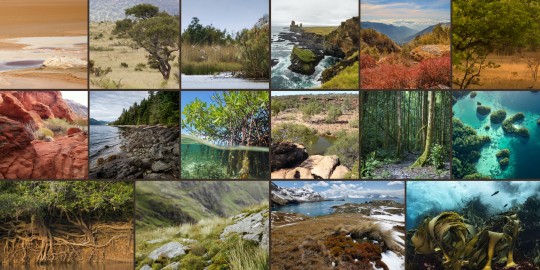
Mediterranean salt basin & Northern Sahara 🐪
African savanna 🦓
East African flood plains 🦛
North Atlantic & British isles 🦭
Eurasian steppe & montane forests 🐼
Indian dry forests 🐅
Sonoran desert, xeric scrubland, & dry forests 🦬
Pacific Northwest coastline & forests 🦅
Neotropical mangroves 🐊
Outback savanna 🦘
New Guinea forests 🦧
Malay Archipelago & surrounding waters 🦈
Pantanal wetlands 🐆
Andes steppe & South American grasslands 🦙
Antarctic tundra 🐧
Southern ocean 🐋
Drawing order:
1🦭 2🐪 3🦓 4🦛
Atlantic, Savanna, Sahara, Floodplains
5🐊 6🦬 7🦅 8🐼
Everglades, Sonora, Pacific Northwest, Eurasia
9🐧 10🐋 11🦙 12🐆
Tundra, Southern ocean, Andes, Pantanal
13🐅 14🦈 15🦧 16🦘
India, South Pacific, Indonesia, Outback
0 notes
Text
Gf and I planning
(unrelated to project)
Books for future kids:
The Ultimate Book of Animals: Anne-Sophie Baumann
Egyptology: Dugald Steer
Actual Size: Steve Jenkins
Why Are We Afraid?: Fran Pintadera
Different-A Great Thing to Be!: Heather Avis
The Brain Forest: Sandhya Menon
Spaghetti! An Interactive Recipe Book: Lotta Nieminen
Stellaluna: Janell Cannon
The Very Hungry Caterpillar: Eric Carle
The Very Busy Spider: Eric Carle
By the Light of the Halloween Moon: Caroline Stutson
Chicka Chicka Boom Boom: Bill Martin Jr.
If You Give a Mouse a Cookie: Laura Joffe Numeroff
Rumble in the Jungle: Giles Andreae
Commotion in the Ocean: Giles Andreae
What Makes a Baby: Cory Silverberg
I Spy: Walter Wick and Jean Marzollo
The Mitten: Jan Brett
William and The Magic Ring: Laura Robinson
Humongous Fungus (Underground and All Around): Wenjia Tang
0 notes
Text
Current old map:
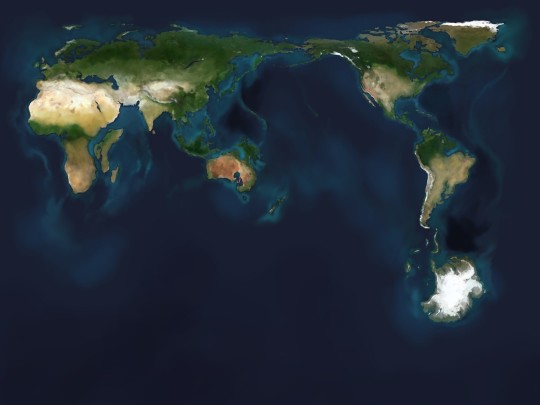
(Bering land bridge will actually be disconnected in the updated map.)

*Africa and Eurasia are now connected.
*The Americas are now separated at Panama.
*Australia has connected to New Guinea and nearly touches Indonesia.
4 separate continents and 1 pseudo-supercontinent.
~~~
Arctic faunal interchange:
Fowl, Raptors, Passerines, Auks, Loons, Amphibians, Rodents, Mustelids, Cats, Canids, Deer, Cattle, Sheep, Pigs, Horses
African-Malagasy faunal migration:
Fowl, Hornbills, Storks, Raptors, Passerines, Crocodiles, Lizards, Snakes, Turtles, Amphibians, Bats
Afro-Eurasian faunal interchange:
Ostriches, Fowl, Hornbills, Storks, Raptors, Passerines, Pigeons, Horses, Deer, Boar, Cats, Canids, Viverrids, Hyrax, Macaque, Bats
Indes-Australian faunal interchange:
Lizards, Snakes, Amphibians, Ratites, Hornbills, Parrots, Raptors, Pigeons, Passerines, Kingfishers, Dasyurid marsupials, Kangaroos, Cuscus, Pigs, Chevrotain, Stink badger, Palm civet, Bats, Rakali
Austro-Zealandia faunal migration:
Lizards, Amphibians, Parrots, Raptors, Passerines, Bats
Zealandia-Antarctic faunal migration:
Parrots, Swallows
Patagonian-Antarctic faunal migration:
Tinimou, Geese, Vultures, Caracara, Egrets, Shorebirds, Swifts, Bats, Trout
0 notes
Text
Antarctica:

• Antarctic tundra. 🐧
• Southern ocean. 🐋
~~~
Survivors.
🐧: •••• •••• ••••
Bat, Tinimou, Goose, Egret, Swift/Swallows, Caracara, Vulture, Petrel, Sheathbill, Penguin, Skua
🐋: •••• •••• ••••
Trout, Holocephali
0 notes
Text
South America:

• Pantanal wetlands. 🦥
• Andes-South American grasslands. 🐆
~~~
Survivors.
🦥: •••• •••• ••••
🐆: •••• •••• ••••
Peccary, Seriema, Caracara, Tinimou
0 notes
Text
North America

• American badlands. 🦬
• Pacific Northwest. 🦅
• Neotropical seagrass mangroves. 🐊
~~~
Notable Survivors.
🦬: •Boar •Equids •Deer •Bobcat •Turkey •Bovids •Badger •Roadrunner •Hawk •Gila monster
🦅: •Osprey •Opossum •Sharks •Loon •Sea lion •Grampus •Lissodelphis •Grouse/Quail •Mink •Grayling/Bass •Holocephali
🐊: •King mackerel •Snakehead •Nutria •Rays •Iguana •Bulldog bat •Pelican •Heron •Dolphins •Lionfish
0 notes
Text
Oceania:

• Outback savanna. 🦘
• Austro-Indonesian rainforests. 🦜
• South Pacific islands. 🦈
~~~
Notable Survivors.
🦘: •Kangaroo •Eagle •Perentie •Emu •Dingo •Camel •Boar •Toad •Magpie •Cockatoo
🦜: •Budgie •Cockatoo •Cat •Possum •Wallaby •Cassowary •Tree monitor •Tree frog •Pigeon •Bearded dragon
🦈: •Sea snake •Rakali •Sharks/Rays •Monitor •Kingfisher •Crab-eating frog •Chevrotain •Eels •Holocephali •Ibis •Wrasse
0 notes
Text
Africa:
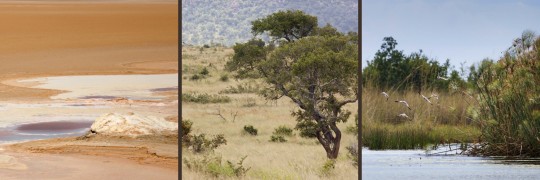
• Mediterranean-Sahara desert. 🐪
• African savanna. 🦓
• East African flood plains. 🦛
~~~
Notable Survivors.
🐪: •Deer •Hyrax •Caracal •Goat •Fruit bat •Skink •Antelope •Ostrich •Goose •Gull
🦓: •Antelope •Warthog •Civet •Serval •Hornbill •Stork •Dog •Oxpecker •Ostrich •Guinafowl
🦛: •River hog •Weaver •Monitor •Tiger fish •Catfish •Hawk •Baboon •Bovids •Crocodile •Honey badger
0 notes
Text
Eurasia:

• North Atlantic region. 🦭
• East Asian montane forests+Alpine steppe. 🐼
• Indian dry forests. 🐯
~~~
Notable Survivors.
🦭: •Alcids •Cat •Fox •Gannet/Cormorant •Corvids •Waterfowl •Beaked whale •Flatfish •Pike •Catfish
🐼: •Hog badger •Marten •Goats •Equids •Monkeys •Owl •Eagle •Hornbill •Bovids •Lynx
🐯: •Boar •Deer/Chevrotain •Monkeys •Fowl •Dogs •Stork •Ostrich •Civet •Caracal •Bovids
0 notes
Text
MAMMALS.
Surviving ungulates & carnivorans:

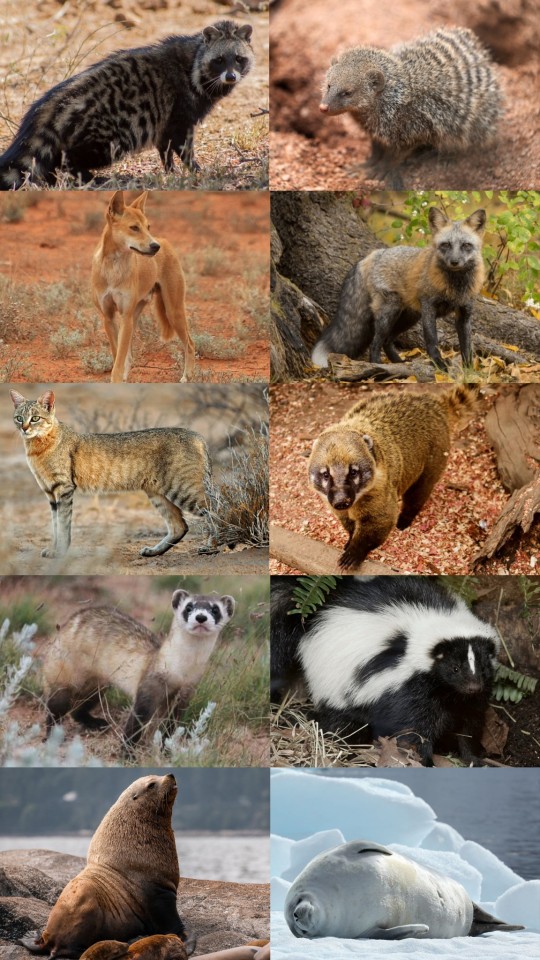
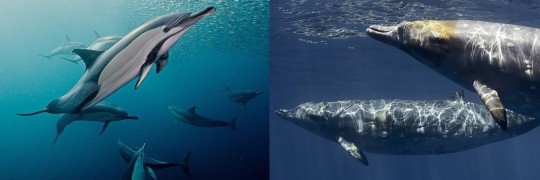
These two lineages are the most dominant groups of mammals in the Anthropocene, not in terms of diversity but in terms of megafaunal niche dominance. As of 25 myh these are the last lineages remaining. On land the ungulates still reign as some of the most common large herbivores, and Suids show great success in generalist and predatory niches. Cetaceans although greatly reduced in diversity of clades, still hold their title in marine habitats as the largest megafauna and the most dominant predators.
Carnivorans faced a worse fate during the extinction event. Many of the larger species such as pantherine cats and bears no longer exist, the largest terrestrial carnivorans remaining only weigh around 40-45 lbs. These small carnivorans faced harsh ecological pressures from pigs, reptiles and birds, and they never were able to achieve the same level of dominance they had back in the Anthropocene, mostly holding generalist or mesopredator niches. Pinnipeds saw a great reduction in diversity, especially in the Arctic where they were almost entirely replaced by seabirds for their former niche. However further south, pinnipeds who cut all ties to land and are now fully marine, show great success as large megafauna, able to directly with cetaceans for resources.
Surviving Euarchonta:
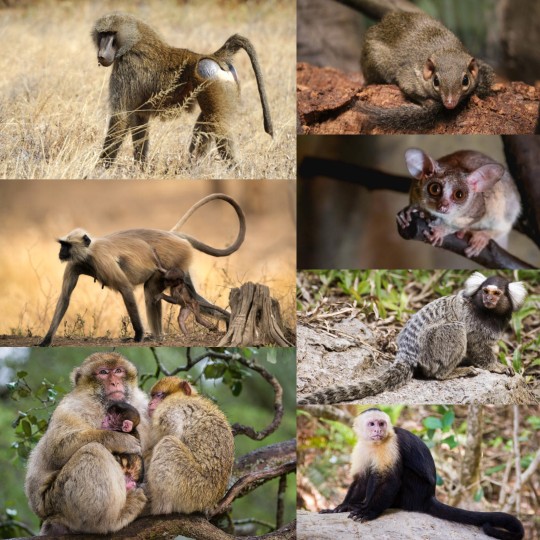
Humanity's relatives were some of the most harshly affected by the Anthropocene extinction event. What used to be a highly diverse clade now only consists of a few species. Hoatzins, lizards, rodents and carnivorans managed to conveniently evolve to occupy similar niches to that of monkeys and other Euarchonta during their decline, further reducing their diversity. These few hardy species were capable of showing some diversification however, even in a couple rare megafaunal niches, but nowhere to the level of diversity they had during the Anthropocene.
Surviving Glires:

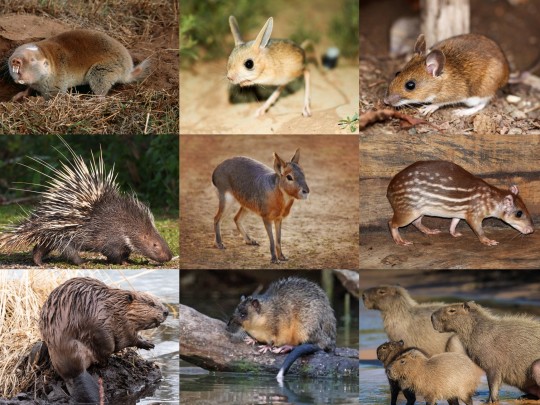
Rodents and lagomorphs lived in the shadows of most mammalian fauna during the Anthropocene, despite their high diversity. They were one of the least affected clades of mammals from the extinction. Post Anthropocene, after the extinction of many lineages of mammals, rodents and lagomorphs diversified even more, into niches they never previously occupied.
Surviving Afrotheria, Xenarthrans, bats & "insectivores":

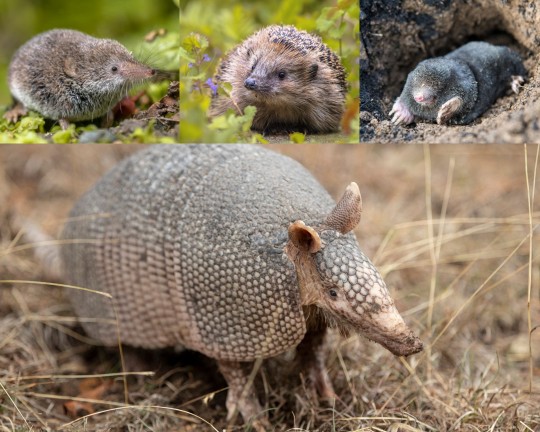

These various small mammals, just like the Glires, lived in the shadows of the megafauna mammals. However unlike the Glires these lineages of mammals didn't experience as much speciation Post-Anthropocene. The most noticeable changes can be observed in the descendants of hyraxes, tenrecs and armadillos.
Surviving Marsupials:

Australia used to be the land of marsupials until the Holocene-Anthropocene epochs, once humans settled the continent. Due to humanity's introduction of various invasive species onto the continent the native biodiversity of Australia drastically declined. A majority of Post-Anthropocene Australian marsupials are small and live secretive lives, avoiding competition from the large birds, reptiles and placental mammals. Only the macropods directly compete for megafauna niches. South American marsupials remained less affected.
5 notes
·
View notes
Text
Habitats of Focus.
Eurasia: 🦭🐼🐅
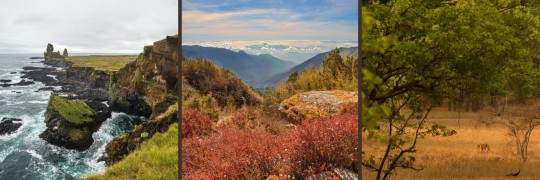
• North Atlantic isles.
• East Asian montane forests.
• Indian dry forests.
Africa: 🐪🦓🐘

• Mediterranean-Sahara desert.
• African savanna.
• East African flood plains.
Oceania: 🦘🦧🐟
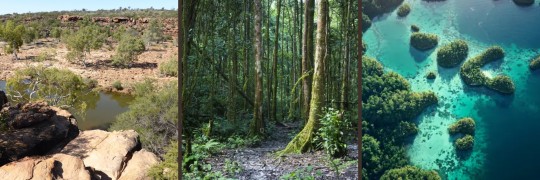
• Australian outback.
• Austro-Indonesian rainforests.
• South Pacific islands.
North America: 🦬🦅🐊

• American badlands.
• Pacific Northwest.
• Neotropical seagrass mangroves.
South America: 🦥🐆
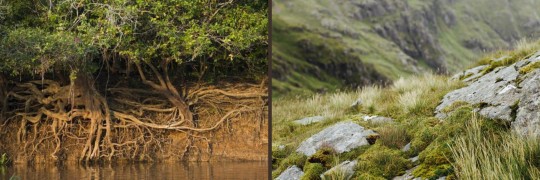
• Pantanal wetlands.
• South American grasslands.
Antarctica: 🐧🐋
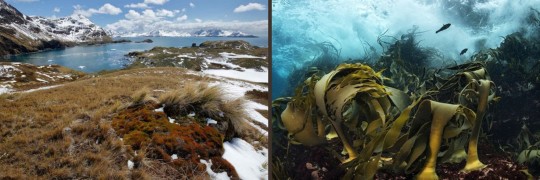
• Antarctic tundra.
• Southern ocean.
Islands: 🐻❄️🦔🦜

• Greenland.
• Madagascar.
• New Zealand.
1 note
·
View note